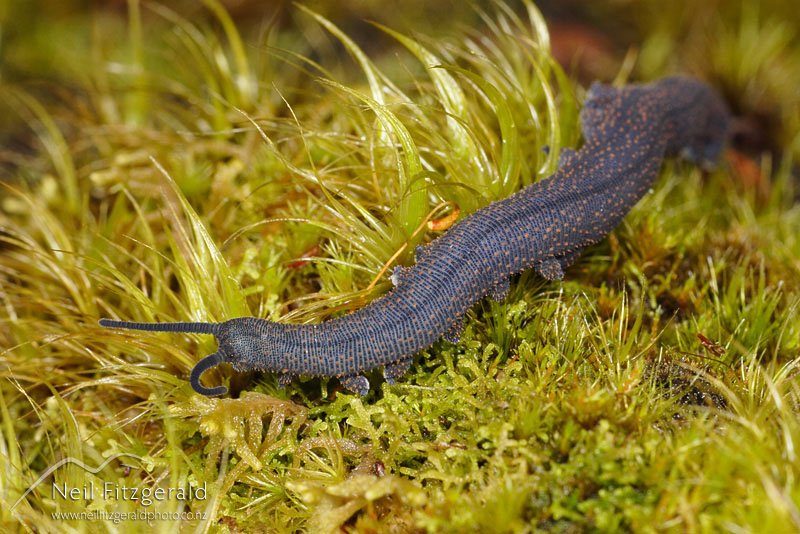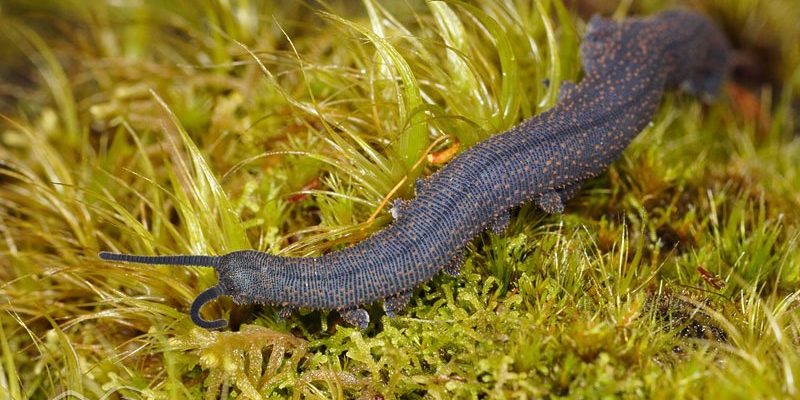
Velvet worms are often called “living fossils” because they haven’t changed much over millions of years. Despite their interesting traits, their conservation status varies widely. Today, we’re diving into the conservation status of velvet worm species worldwide, exploring their habitats, the threats they face, and what’s being done to protect them. So grab a cup of coffee, and let’s dig into this topic!
What Are Velvet Worms?
Velvet worms are soft-bodied creatures that belong to a group called the Onychophora. They typically have elongated, worm-like bodies and can be anywhere from a few centimeters to over 20 centimeters long. They’re covered in a soft, velvety layer that helps them retain moisture—essential for their survival in humid environments.
These creatures are fascinating because they have “legs” that are actually stubby appendages called lobopods. They use these to move around their forest floor habitats. Think of it like a really slow roll in a tiny vehicle. Velvet worms are often found in leaf litter or under rocks in tropical forests, but some species adapt to drier environments, too.
You might be wondering how they eat. Well, velvet worms are predators! They shoot out a sticky slime from a pair of glands in their heads to capture their prey—typically small insects—before devouring it with their jaws. This unique hunting technique sets them apart in the animal kingdom.
The Global Distribution of Velvet Worms
Velvet worms are primarily found in tropical regions around the world. They thrive in moist, shaded environments, making the rainforests of Central and South America, Africa, and parts of Southeast Asia their main homes. While some species are more localized, others have wider ranges.
In Australia and New Zealand, for instance, you’ll find several species that are quite different from their Central American cousins. The variations can be as striking as different flavors of ice cream—each delicious and unique in its own right!
You may wonder why this distribution is crucial. Well, local ecosystems play a vital role in the well-being of these worms. Changes in habitat can lead to significant impacts on not just the velvet worms, but also the entire ecosystem around them.
Threats to Velvet Worm Species
Unfortunately, velvet worms face numerous threats that jeopardize their survival. Habitat loss due to deforestation, urbanization, and agricultural practices is the biggest concern. Imagine a vibrant jungle being transformed into a barren field—this not only removes homes for velvet worms but also disrupts the delicate balance of the ecosystem.
Climate change poses another significant threat. Changes in temperature and humidity can affect the conditions these creatures need to thrive. Since they are not very mobile, it can be challenging for them to find new habitats.
Additionally, pollution from pesticides and fertilizers can harm velvet worms directly or indirectly. These chemicals can contaminate the soil and water they rely on, threatening their food sources and breeding grounds. It’s like trying to survive in a polluted environment—not easy at all!
Current Conservation Efforts
Conserving velvet worms may not be on everyone’s radar, but various organizations and researchers are stepping up to help. One essential step is habitat protection. Creating and maintaining protected areas in their natural habitats can help safeguard these species from the threats they face.
Several wildlife conservation groups are also focused on studying these creatures. By monitoring populations and understanding their ecology, scientists can propose effective conservation strategies. Research can help policymakers recognize the importance of these invertebrates within ecosystems and the need for protective measures.
Public awareness is another crucial part of conservation. Educating people about velvet worms and their role in ecosystems can foster a sense of responsibility toward these unique creatures. The more people know, the more they care, and that can lead to positive action.
The Role of Velvet Worms in Ecosystems
So, why should we care about these seemingly obscure creatures? Velvet worms play a significant role in their ecosystems. As predators, they help control insect populations. By keeping certain bugs in check, they contribute to a balanced ecosystem.
Moreover, they serve as prey for other animals, creating a link in the food chain. This interconnectedness means that the decline or extinction of velvet worms can ripple through the entire ecosystem, affecting many other species.
Moreover, the soft-bodied nature of velvet worms means they also contribute to soil health. As they decompose and break down organic matter, they help enrich the soil, which is vital for plant growth. It’s a beautiful cycle of life that highlights the importance of every creature, no matter how small they may seem!
How You Can Help
Feeling inspired to help? There are plenty of ways you can contribute to the conservation of velvet worms and their habitats. Here are a few simple actions to consider:
- Support conservation organizations: Donate or volunteer with groups that focus on habitat preservation and species conservation.
- Spread the word: Talk about the importance of velvet worms with friends and family. The more awareness we create, the better.
- Be eco-conscious: Reduce your use of pesticides and fertilizers in your garden to help protect local ecosystems.
- Participate in local clean-ups: Cleaning up natural areas can help protect the habitats of velvet worms and other wildlife.
Every little action counts, and together, we can make a difference!
The conservation status of velvet worm species worldwide is a reflection of our planet’s health. While these quirky, soft-bodied creatures may not be the first animals that come to mind when we think about conservation, they play a critical role in their ecosystems. With threats like habitat destruction and climate change looming large, it’s essential to recognize their value and work toward their protection.
Through research, habitat preservation, and community awareness, we can help ensure these fascinating creatures continue to thrive. Just like the unique threads of a tapestry, every species matters. Let’s do our part to keep this intricate design of life vibrant and intact for generations to come!

